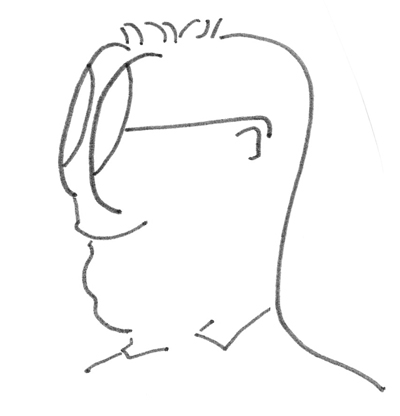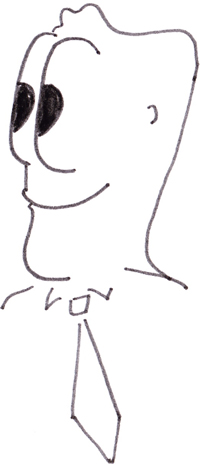|
Peter, or its variant Peder, used to be the most popular boy's name in Denmark. To Danish children, Winnie-the-Pooh is "Peter Plys," and Curious George is "Peder Pedal."
But in 11 years living in Denmark, I have met precisely two "Peter"s under age 50, and none in my small daughter's generation.
The trend for boys in her class is "M" names - Magnus, Marius, Mathias, Markus, Mikkel, or Malvin. And with globalization and the Disney Channel, no one bothers to rename cartoon characters any more. There is no Magnus Mouse.
|
|
|
If the man you are meeting is named Flemming, Preben, Henning, or Bent, he is at retirement age or near it. His wife, sisters or the lady-next-door-he-is-running-away-with will be named Bente or Birthe. His buddies are Ole or Finn. Nobody involved knows what Facebook is.
|
 Ole or Finn |
 Nikolaj/Nicolai/Nikolaj |
|
|
There was a brief trend in the 1960s to give boys Americanized names, such as Johnny, Tony, Kenneth, Alan, or Brian. These names are now a huge burden to the middle-aged men who bear them, since they are associated with working-class troublemakers. "Brian", in particular, is sometimes used as a synonym for a loser, given its association with not-too-bright Danish boxer Brian Nielsen. If you meet a successful Tommy or Jimmy, he is a man who has worked hard to overcome his background and the disadvantage of his (to the Danes) unfortunate first name.
|
 Magnus/Marius/Marcus/Mikkel/Mathias/Malvln |
|
|
It's also common to have one first name and two family last names, such as the Danish prime minister, Lars Løkke Rasmussen. And because "Rasmussen" is such a common last name (three prime ministers in a row have been Rasmussens), he is generally referred to as "Lars Løkke."
|
|
|
These names are prized family heirlooms, which only specific descendants are allowed to bear: one of my friends was given the right to use the family name by his grandmother on her deathbed. They are also the sometimes the subject of lawsuits about which branch of the family has the right to the treasured name.
|
|